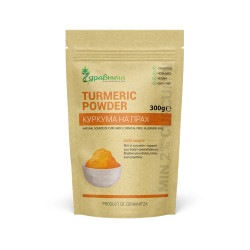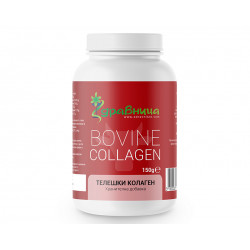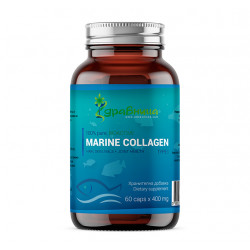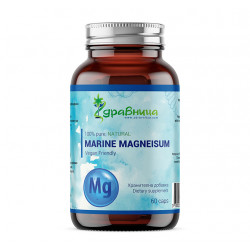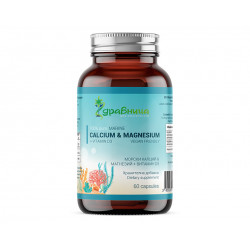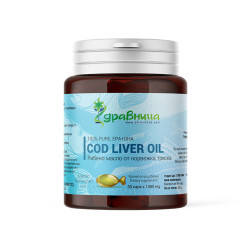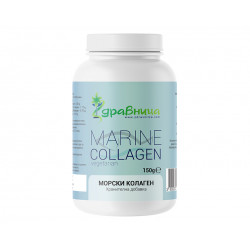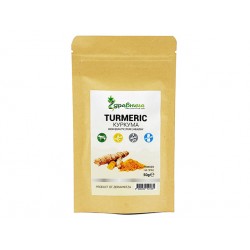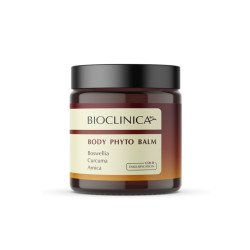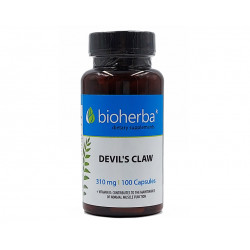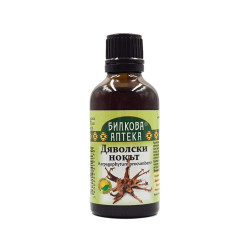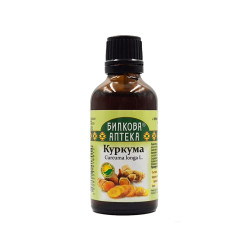What is a herniated disc?
A herniated disc is a condition in which an intervertebral disc shifts or ruptures, causing pressure on the nerves in the spine. Discs are soft, gel-like structures located between the vertebrae that act as shock absorbers and provide flexibility to the spine. When a disc becomes damaged, its inner core can leak out, causing pain, numbness, and weakness in various parts of the body.
Most Common Types of Herniated Discs
The most common herniated discs occur in:
- Lumbar region (lower back) – most often affects the nerves that control the lower extremities and can cause pain, weakness, and numbness in the legs.
- Cervical region (neck) – leads to pain and stiffness in the neck, as well as numbness in the arms and fingers.
- Thoracic region (mid-back) – less common, but can cause back and chest pain.
Why is there pain?
The pain of a herniated disc is caused by pressure on the nerves caused by the bulging disc. In addition, inflammation in the affected area can increase the pain. Depending on the location of the herniation, the pain can spread to the arms, legs, or even internal organs.
Treatment of a herniated disc
Treatment methods vary depending on the severity of the condition:
- Conservative treatment – includes physiotherapy, painkillers, anti-inflammatories and rest.
- Invasive procedures – in more severe cases, corticosteroid injections or surgery to remove part of the herniated disc are used.
Natural Remedies
Some herbs and supplements may help reduce inflammation and pain:
- Turmeric – a powerful natural anti-inflammatory agent.
- Devil’s claw – used to relieve joint and back pain.
- Cod liver oil – rich in omega-3 fatty acids, which reduce inflammation.
- Collagen and glucosamine – support joint and disc health.
- Magnesium – helps relax muscles and reduce spasms.
Suitable physical activity at home
Regular exercises can improve flexibility and strengthen the muscles of the spine:
- Cat-Cow Stretch – improves spinal mobility.
- Hamstring Stretch – helps reduce tension in the lower back.
- Glute Bridge – strengthens the glutes and stabilizes the spine.
- Plank – strengthens the abdominal muscles and helps stabilize the spine.
- Yoga poses such as Child’s Pose and Cobra – relieve tension in the back and promote flexibility.
Other tips for symptom relief
- Maintain proper posture – avoid slouching and incorrect posture.
- Use an orthopedic mattress and pillow – for better support of the spine during sleep.
- Apply hot and cold compresses – heat relaxes muscles, and cold reduces inflammation.
- Control your weight – excess weight increases the load on the spine.
- Limit lifting weights – if necessary, use proper lifting technique.
A herniated disc is a serious condition that can cause chronic pain and discomfort. However, proper care, appropriate exercises, and natural methods can reduce symptoms and improve quality of life. If the pain persists or worsens, a consultation with a specialist is mandatory.




